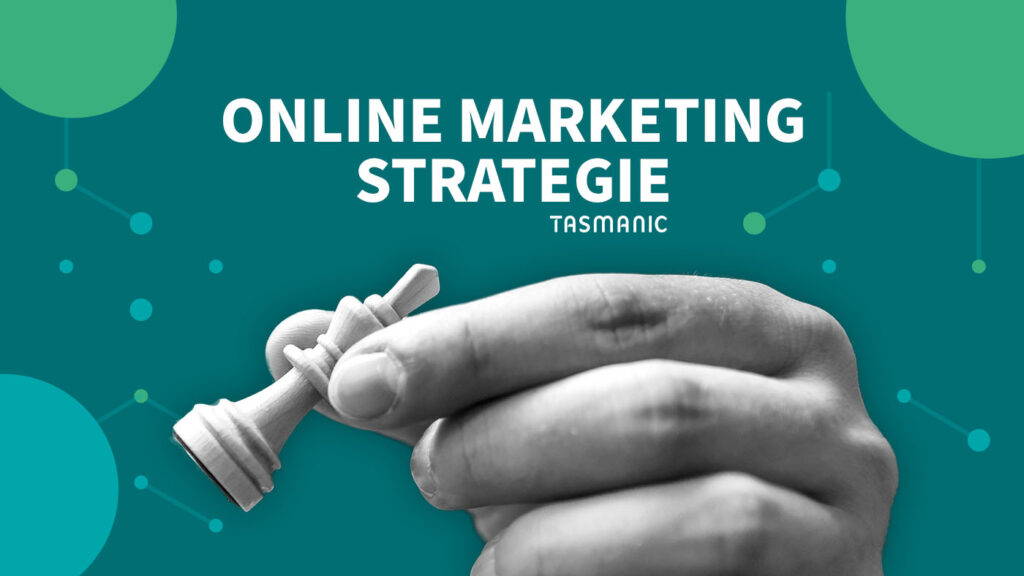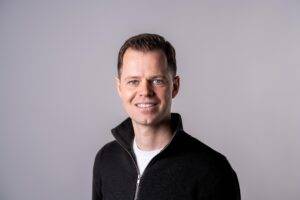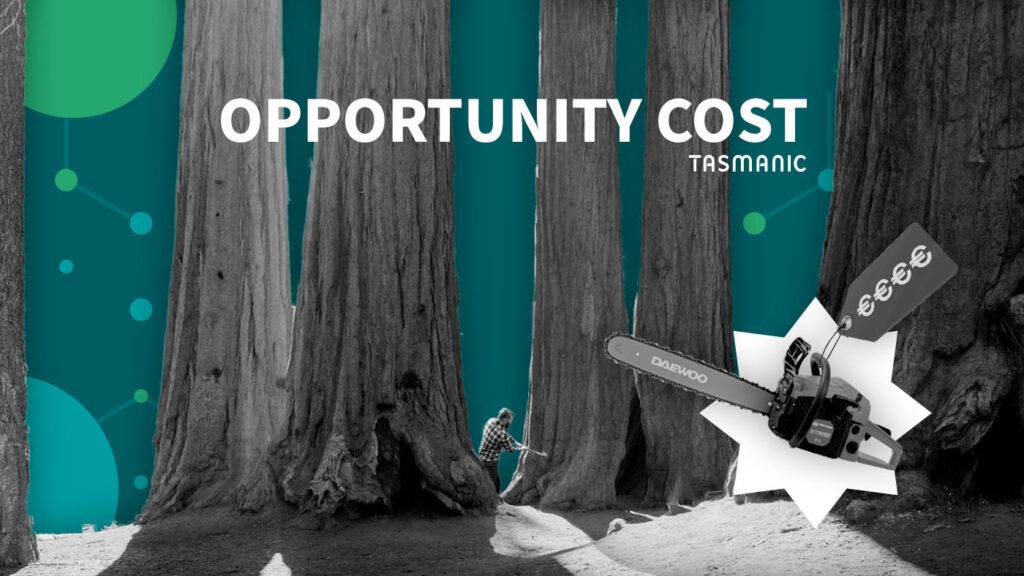
Last updated June 8, 2023
What is an online marketing strategy?
An online marketing strategy is a plan of action for promoting products, services or brands over the Internet. In it, you show how your strategy contributes to achieving your online marketing goals. To meet your objective, you will need to use a number of different online marketing channels. These include techniques such as search engine optimization (SEO), content marketing, email marketing, social media marketing and paid advertising (e.g., Google Ads). By using different channels, you can position your business where your potential customers are.
Why an online marketing strategy is important
Baluch's research (2023) on behalf of Forbes expects 20.8% of purchases to take place via online. The value of the global online market is estimated to be about $6.3 trillion. The growth of online sales is expected to continue to grow to about 24% by 2026, representing a value of $8.1 trillion. From the financial point of view, there are enough statistics to highlight the importance of a good online marketing strategy. Besides the financial point of view, an online marketing strategy is also important for achieving your business goals. Perhaps you want to use online marketing to improve your brand awareness and sales are not your number one priority. Therefore, it is important to determine in advance how online marketing will contribute to your business goals. This will also help you better determine which online marketing techniques you want to use.
Creating online marketing strategy in 6 steps
Step 1: Define your goals
As we mentioned above, it is wise to have in mind what you want to achieve with your online marketing strategy. The goal is for your online marketing objectives to contribute to achieving your business goals. Think of goals related to:
- Generating leads
- Inform current customer base about a particular campaign
- Informing potential customers about a temporary promotion
- Achieve more (sales) conversions
- Increasing your brand awareness
- Increasing your website traffic
Different goals have different objectives that are measured differently. In this way, it can be determined in retrospect whether the strategy has produced the desired results.
Step 2: Measuring and evaluating
After your online marketing goals are set, it's good to think about how you plan to measure them. Try to formulate these SMART so you can measure and evaluate them properly. For example, if you want to achieve more sales you could set the goal: In the second quarter of 2023, 10% more sales than in the first quarter of 2023. The KPI (Key Performance Indicator) you can then use to measure this objective is the number of sales.
What KPIs are we going to measure, how are these things currently being measured, and how quickly are we going to evaluate? This depends on the strategy chosen and how the budget is used.
Step 3: Budget
Now that we know what your goals are and how you're going to measure them, it's important to attach a budget to them, and how you're going to break them down. Perhaps as a business you have two goals within online marketing: increasing your sales and increasing website traffic. Based on your total marketing budget, you can divide how much is spent on online marketing. You can determine the marketing budget based on your sales and goals.
For increasing sales, the company can choose search engine advertising (SEA) and for increasing website traffic search engine optimization (SEO). Here the choice has to be made beforehand on how much budget to deploy strategy. Using keyword research, you can estimate how much traffic is possible and realistic in your industry, and approximately how much this will cost to purchase with SEA. By having a clear understanding of what you want to achieve, how you are going to measure and whether you are achieving this, you can use the budget effectively by doing some things really well.
Step 4: What's in an online marketing strategy?
Okay, we're going to define an online strategy, but what will it ultimately contain?
- Positioning
What is the current (offline) positioning? - Objectives
Clearly articulate what you want to achieve with your online strategy. - KPIs
What indicators will you use to measure whether you achieve this? - Channel selection
Which channels are used initially and which are not? - Evaluation moments
When will the online strategy be evaluated. - Plan of action
How will the online strategy be implemented and who will be responsible for which parts? Will an agency be engaged? - Timeline
When will intermediate products be delivered? - Strategy review
After a certain time (usually a year), a new strategy is drawn up based on results achieved.
Step 5: How will we implement the strategy?
An online strategy is largely carried out by specialists, think copywriters, designers, SEO specialists, Google Ads specialists etc. After choices have been made about the details of the strategy, choices can be made about those who will implement the strategy.
Step 6: The result of a good online marketing strategy
- Potential customers can easily find and buy your brand if they want to(physical availability).
- Potential customers know why they should choose you.
- You are present on the channels where your main target audience is.
- You know the success of your efforts and where you can still make adjustments.
- You achieve the online marketing objectives established in Step 1 that contribute to your business goals.
Resources
Baluch, A. (2023). 38 E-Commerce Statistics Of 2023. https://www.forbes.com/advisor/business/ecommerce-statistics/
Is your company missing opportunities?
Our pay is based on your results.

















 Team
Team FAQ
FAQ Prices
Prices Vacancies
Vacancies Contact
Contact Marketing
Marketing SEO
SEO SEA
SEA Strategy
Strategy Sales
Sales Optimization
Optimization AWR
AWR Ahrefs
Ahrefs Channable
Channable ContentKing
ContentKing Leadinfo
Leadinfo Optmyzr
Optmyzr Qooqie
Qooqie Hubspot
Hubspot Semrush
Semrush




